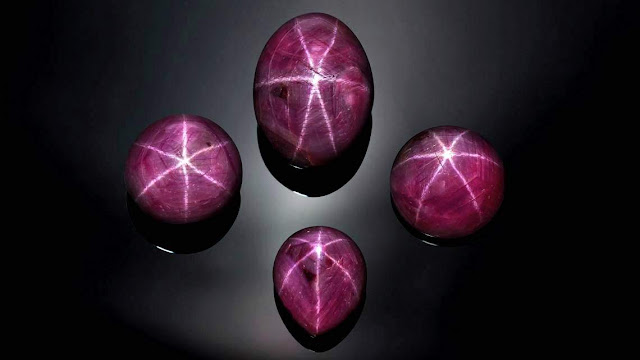Sheldon J
Hero Member
From and more story at https://www.geologyin.com/2018/04/4...oh6JFUGnv_QEcSOb5IvSs0-aTlgtL1BqdTRqB1uWX6SRY


Rubies are already rarer than diamonds. But star rubies are something incredibly special.
In 1990, Jarvis “Wayne" Messer, a self-*described “rock hound ”living in the Appalachian Mountains of western North Carolina, made an incredible discovery. While combing the native woods for naturally occurring rarities, he unearthed four rough stones that sent shivers through him.
From their outward appearance, he sensed that he had come across something very special.Through the efforts of a friend who happened to be an amateur stone cutter, the true impact of Messer ’s find became evident. This mountaindest means, who worked as a trout fishing guide to provideor his family, made the discovery of a lifetime.
Although Mr. Messer knew in his heart that his discovery was extraordinary, he needed scientific documentation to prove it. Unfortunately, the cost for the necessary gemological testing was well beyond his means. While contemplating his dilemma, word of the stones spread across the Appalachian hills.[SUB][/SUB]
In short order, friends and neighbors approached Wayne. If they each "chipped in” what monies they could spare, perhaps he could pool enough to deliver his stones to New York City…to present them to the prestigious Gemological Institute of America.
And so it happened that these four stones made their way to the GIA which, in detailed reports, confirmed that what Wayne had discovered were indeed remarkably large Star Rubies! A ruby is rare. A ruby with a classic six-*rayed star pattern–known as a “star ruby” – is one thousand times rarer still. To find four matching star rubies is nothing short of remarkable. To find them in the United States (when star rubies have been found in the past, they have been found in Southeast Asia), is virtually unimaginable.







